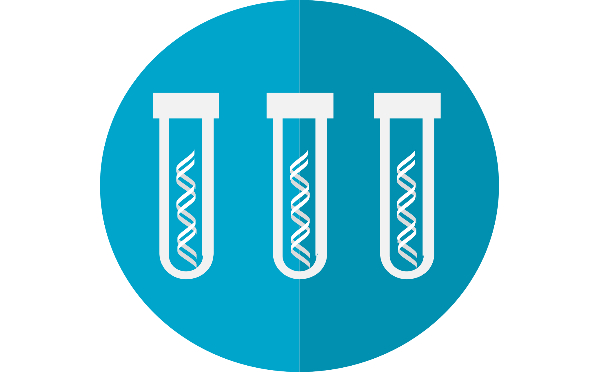The immune system attacks the protective coating known as myelin that surrounds nerve cells, resulting in neuronal damage, which is needed for therapies like Gilenya. Easy-to-obtain, affordable biomarkers are needed for MS. MS can be treated with a variety of treatments to reduce inflammation and slow the progression of disability.
However, clinicians only have a limited number of options for monitoring how patients respond to such therapies.
Improved patient monitoring necessitates more affordable and accessible biomarkers, but MRI scans continue to be the most widely used method of disease activity and treatment response monitoring.
Small stretches of genetic material known as microRNAs, or miRNA for short, control gene activity, causing a cell’s production of particular proteins to rise or fall. These molecules are stable when stored for long periods of time and can be isolated from blood, making them excellent candidates for biomarkers.
The goal of this Boston-based study was to find circulating miRNAs that could be used as biomarkers of disease activity and progression in MS patients taking Gilenya.
Biomarkers that could predict NEDA-3 after two years of treatment piqued the team’s interest the most.
Participants in the Comprehensive Longitudinal Investigation of Multiple Sclerosis at Brigham and Women’s Hospital had their samples examined for the neurodegenerative disorder. The study, which is known as CLIMB, follows MS patients through yearly clinical examinations, MRI scans, and blood sampling. Here, participants’ blood samples were taken approximately six months after beginning Gilenya treatment.
The study included 53 people with relapsing-remitting MS (RRMS), with a mean age of 42.2. Women made up 75.5% of the group. The participants had no disability at all and had an average of 0.6 relapses per year over the previous two years.
Researchers found 24 miRNAs that were significantly different in individuals with NEDA-3 compared to those who experienced evidence of disease activity — meaning relapses, new MRI activity, or disability progression — over the two years in a first analysis involving samples from 31 patients.
Five miRNAs were chosen from those to be validated in the remaining 22 patients—the validation group. Only miR-548-3p levels remained significantly different between MS patients with sustained NEDA-3 and those with evidence of disease activity at two years.
Before beginning treatment, the miRNA remained significantly elevated even after age, sex, and disability level were taken into account. After two years, the results showed an 88.2% accuracy rate in identifying NEDA patients from those with disease activity.
“These results provide a new tool for monitoring treatment response in clinical practice,” the researchers state.
The team determined that 247 genes were likely targets of miR-548a-3p through computer analyses. Although no changes in immune cells were observed in patients with NEDA-3, some of those genes were associated with the differentiation and function of lymphocytes—a type of white blood cell that aids in the body’s fight against infection and disease.
The authors of the study wrote, “These results may point to the possibility that the source of circulating miR-548a-3p could not only be cells, but also micro-vesicles, exosomes, or apoptotic bodies in which miRNA is packaged.”
The team came to this conclusion: “As a whole, our study not only provides a new biomarker for treatment response in patients with MS treated with fingolimod, but also opens the door for future research unraveling the functional role of miR-548a-3p in MS patients treated with fingolimod.”
Topics #biomarker #evidence of disease activity #Gilenya #microRNA











